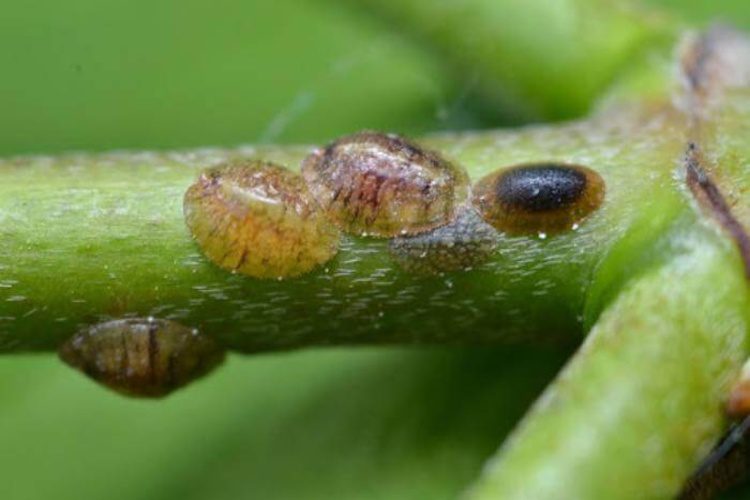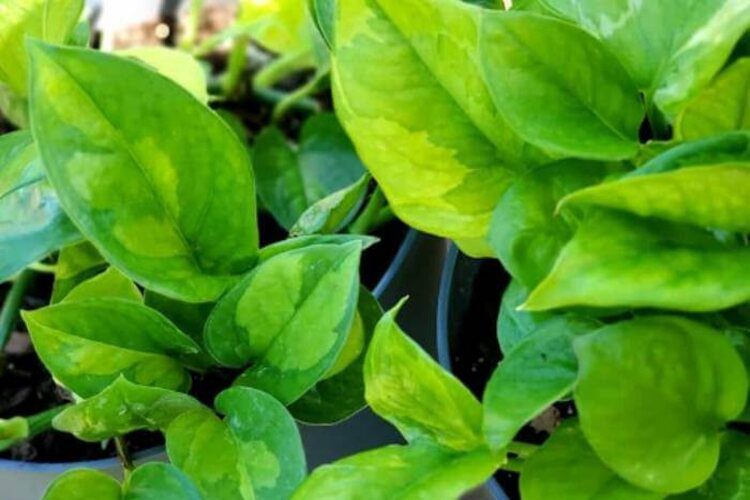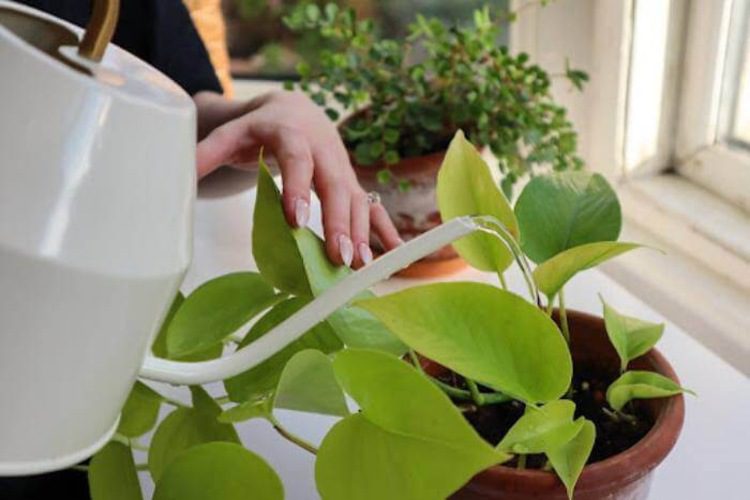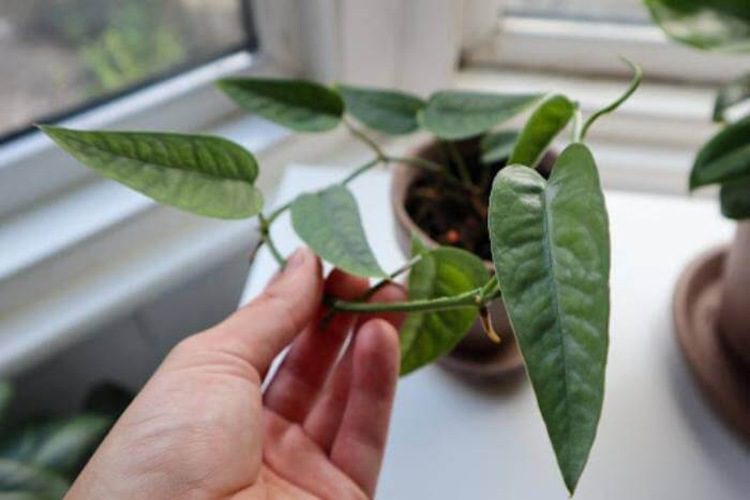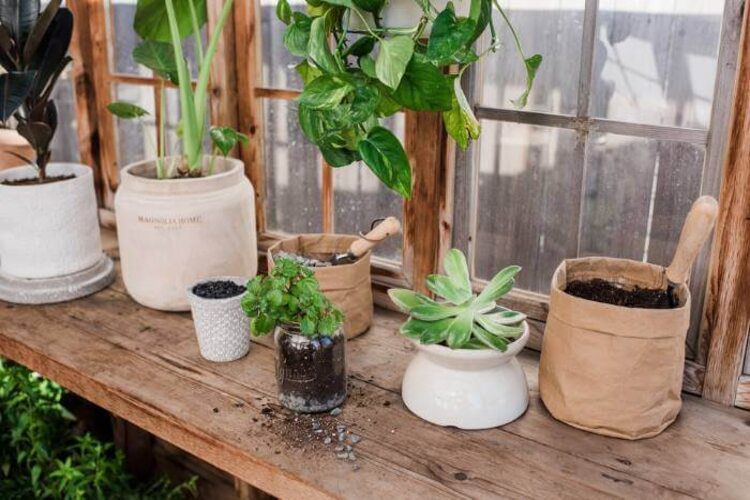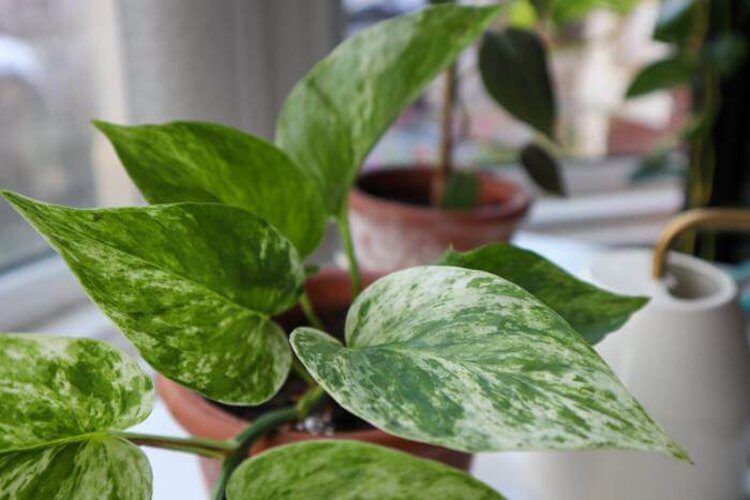Satin Pothos Care: Detailed Guide To Care
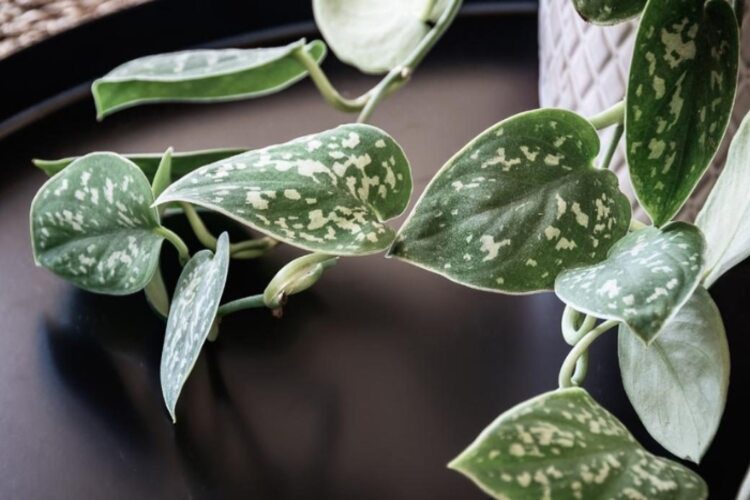
If you’re looking for an easy-care plant that can handle a wide range of conditions but also makes an excellent ornament for your living corner, look no further than Satin Pothos. This hardy perennial vine is adaptable to most types and gardening styles, from low to bright light, high humidity to extremely dry air, and it is also not a picky plant. In other words, the satin pothos is a great plant to start with if you’re not exactly a green thumb.
The satin pothos is also known as the “devil’s ivy” because it’s fairly impossible to kill. This makes it a great choice for amateur gardeners who want to add some greenery to their home but doesn’t have much time or experience caring for plants. If you decide to try the satin pothos, you should know a few things about caring for them.
| Scientific Name | Scindapsus Pictus |
| Common Name | Silk pothos, Silver Philodendron, Satin Pothos, Silver Pothos |
| Family | Arum |
| Origin | Southeast Asia |
| Plant Type | Perennial vine |
| Bloom Time | Summer |
| Flower Color | Inconspicuous |
| Soil | Soil pH: 6.1 – 6.5 Soil type: Potting soil mix |
| Water | After the top 3 inches of soil have dried off, water. It will put up with being underwater, but much less with being overwatered. |
| Temperature | 59°F (15°C) to 77°F (25°C) |
| Sunlight | Provides strong, filtered light all year. Direct sunlight will burn its leaves, and insufficient lighting will cause its variegation to disappear. |
| Toxicity | Toxic to pets and humans |
About Satin Pothos
Like its relative, Botanical Pothos (Epipremnum aureum), Satin Pothos (Scindapsus Pictus) is one of the simplest houseplants to grow. They are both members of the Arum family, and both are tropical, evergreen vines that cannot withstand freezing temperatures and must therefore be grown indoors. With silvery gray splotches featured on their dark green, heart-shaped leaves, these Scindapsus pictus plants have an almost polished appearance that makes them stand out from other types of horticulture.
Satin pothos will cling to everything in its path, including a trellis, a pole, other plants, a furniture piece, or a wall, through its aerial roots. Sometimes it manages to achieve it, and other times it needs a little assistance, such as from tiny, invisible hooks. You may plant them inside a hanging planter and let the foliage flow down rather than trail.
People often mistake Satin Pothos for Silver Ann Pothos because they have similar leaf variegation patterns. However, Satin Pothos has larger leaves with more pronounced variegation than Silver Ann Pothos. Satin Pothos also has a more glossy sheen to its leaves, while Silver Ann Pothos has a more matte finish.
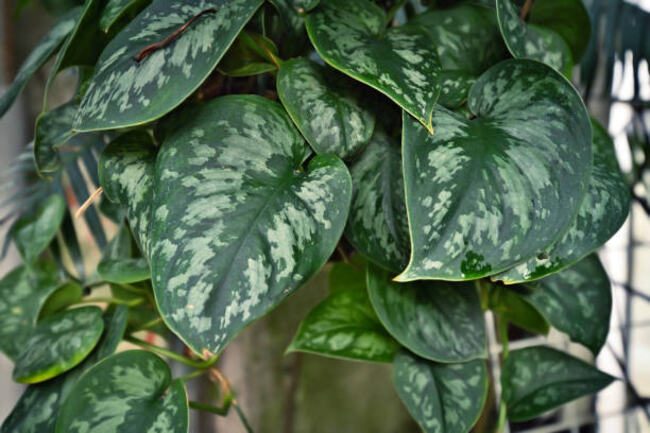
Satin Pothos Care
Keep your Satin pothos happy with these simple tips:
Light
Satin Pothos wants bright, indirect light. Because the leaves will burn and lose their pattern in direct light. If the plant is placed close to a window, a curtain will be required to protect it from the bright sun.
Soil
Use a professional indoor potting mix that combines peat moss, perlite, pine bark, and vermiculite to guarantee good drainage and nutrients. Pothos does not grow well in wet or muddy soil.
Watering
Care for your indoor plants by making sure that they only get the amount of water they need. Overwatering is not desired because it will result in yellow leaves and wilted vines, so check for dryness in the soil. You can put a finger into the soil at least 2 inches deep before deciding whether or not it’s dry enough not to require watering again today.
Fertilizer
Apply a complete, water-soluble houseplant fertilizer once a month during the growing season, which runs from spring to fall. Use a fertilizer with equal amounts of nitrogen, phosphorus, and potassium, such as a 20-20-20 or 15-15-15 formula. Follow the package directions for application rates.
Temperature
Because these tropical plants detest cold weather, they need warmth. Try to grow it in an area where the annual average temperature ranges from 59°F (15°C) to 77°F (25°C). But they can tolerate a bit of chill and will do just fine in an environment where the temperature dips to 50 °F (10 °C) for a short period.
Humidity
Humidity is an important factor to consider when caring for your plants. The ideal humidity range around the plant would be 40–50%. You can increase this by placing a pot on a tray filled with pebbles and water, but make sure that there isn’t any exposure to the water where roots could rot.
Repotting
It just takes several years before the roots fill a pot. Once this has occurred and you can see a lot of roots sprouting out of the drainage holes, feel free to repot your plant into a larger pot. However, you’ll never need to repot urgently. These plants will endure crowded conditions for a very long time before exhibiting any symptoms of distress.
Satin Pothos Propagation
It is straightforward to propagate new plants using stem cuttings. If you take several cuttings and plant them in the same pot, you can grow a healthy plant in less than 6 months. Start by locating the ends of the vine or stem and trimming above a leaf node with a pair of sharp scissors. These nodes appear every 5 cm (2.5 inches) to 10 cm (5 inches) down the stem. Therefore, there must be at least one or two of them where you will be cutting the vine.
In the end, only a few leaves are needed. Therefore, the cutting does not have to be lengthy. Simply put the ends of your cuttings in a vase or jar with water when you have several. The leaves should remain above the water while the node is submerged. The vase or container should be placed in a room with cozy, indirect lighting. It’s critical to avoid low light or direct sunlight at this stage because they could hinder the growth of the cuttings. The node’s roots should start to form after a few weeks.
Once they have grown to a length of a few inches, you can transplant them into the potting soil. Put a few cuttings in the same container so they can grow into a fuller plant faster. Once the plants have reached the appropriate size, carefully move them into their pots.
Toxicity
The Satin Pothos is a beautiful, low-maintenance plant that is perfect for any home or office. But did you know that it is poisonous to humans and pets if ingested? Even though it may not be the most dangerous plant out there, it’s still important to be aware of the potential risks associated with this pretty little plant.
The plant is considered to be mildly poisonous to humans and pets. If ingested, the plant can cause nausea, vomiting, and diarrhoea. It can also cause difficulty breathing, paralysis, and even death in severe cases. The sap of the Satin contains toxins that can irritate the skin and mucous membranes. If you come into contact with the sap, it’s important to wash the area with soap and water.
If you suspect your pet or child has ingested some parts of this plant, like leaves or stems, it’s important to seek medical attention immediately. The plant is not considered life-threatening but can cause serious illness if not treated promptly.
Read more: Baltic Blue Pothos Care: Interesting Fenestration Plants
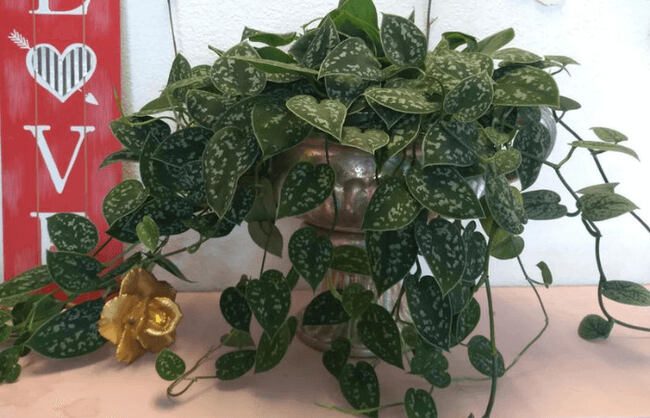
Common Problems
The objective of caring for this plant is to avoid turning the leaves brown or yellow and to provide a healthy environment for them to thrive. However, there are a variety of causes for brown and yellow leaves, as well as several illnesses and pests that you must be aware of when taking care of them.
Leaves Curling
Even under extreme heat, the Satin Pothos leaves can curl, although this is more likely to happen whenever the plant requires water (underwatering). The leaves curl backward to retain what little water is left after the growing medium has completely dried out. Within 24 hours, your plant’s leaves will entirely uncurl if you don’t give them enough water.
Yellow Leaves
A few factors could cause this.
- The occasional yellow leaf may just be a sign of regular age and is nothing to be concerned about.
- A large number of yellow leaves at once, especially if they are all located on the same vine or stem, is a clear sign of too much water (overwatering).
- The leaf will occasionally become yellow if there is too much sunlight and a high temperature.
Brown Leaves
Brown leaves are perhaps the most frequent issue owners may experience. They typically result from any of the following:
- Overwatering: The soil must have at least a slight chance to dry out between waterings. They require some drying out because they dislike being constantly wet. Over time, dark leaf tips may form if the soil remains consistently damp (as opposed to saturated, which can lead to root rot!).
- Dry, warm air: Although overly dry air may theoretically lead the leaf tips (and leaf margins, in fact, not just the tips) to brown, humidity is typically not a concern.
Care Tips
Since this variety of plant grows very quickly, you’ll probably need to repot it every year to replace the old soil with fresh. Major repotting is best done in the spring or summer, when the plant emerges from dormancy. The task is not too difficult, regardless of whether you grow it in a hanging basket, a conventional container with the stems hanging over the edge, or a pot with a mossy stick on which it can climb. Any material will do as long as there is bottom drainage in a suitable container. Bottom drainage is essential to prevent problems with root rot caused by the soil’s excessive water retention.
If the plant has outgrown its current container, it is recommended to use a container that is just one size larger. This will reduce the likelihood that you will overwater it and cause the soil to stay soggy for an extended period.
- The well-drained, rich potting mix should be placed about a quarter up in the new container. Water to help the dirt settle.
- Check your plant’s root system for bunching and delicately pull it apart if necessary before gently removing it from its current container.
- The plant should be put inside its new container. This is the moment to place the moss stick into the pot if you’re using one to allow it to climb on.
- Put potting mix in the remaining space in the pot, pressing it tightly around the mossy stick if necessary, and around the base of the plant.
- Re-water the soil until the bottom drainage holes are filled with water. Put your plants in a suitable indoor spot with strong, indirect light.
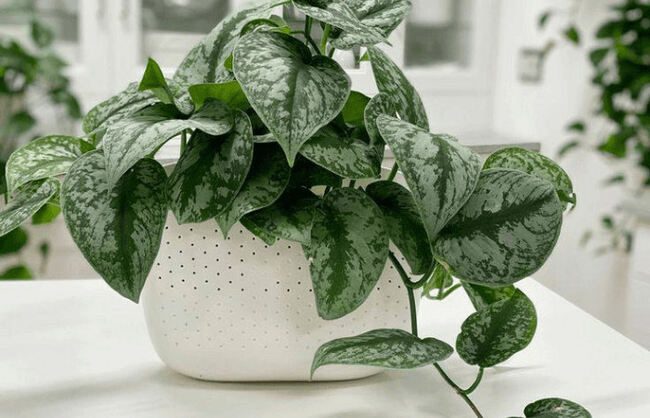
Conclusion
Hopefully, you have all the information necessary to cultivate beautiful, healthy pothos. This is a surprisingly simple and rewarding vine to cultivate indoors if you get the fundamentals right. Happy growing!
FAQs




